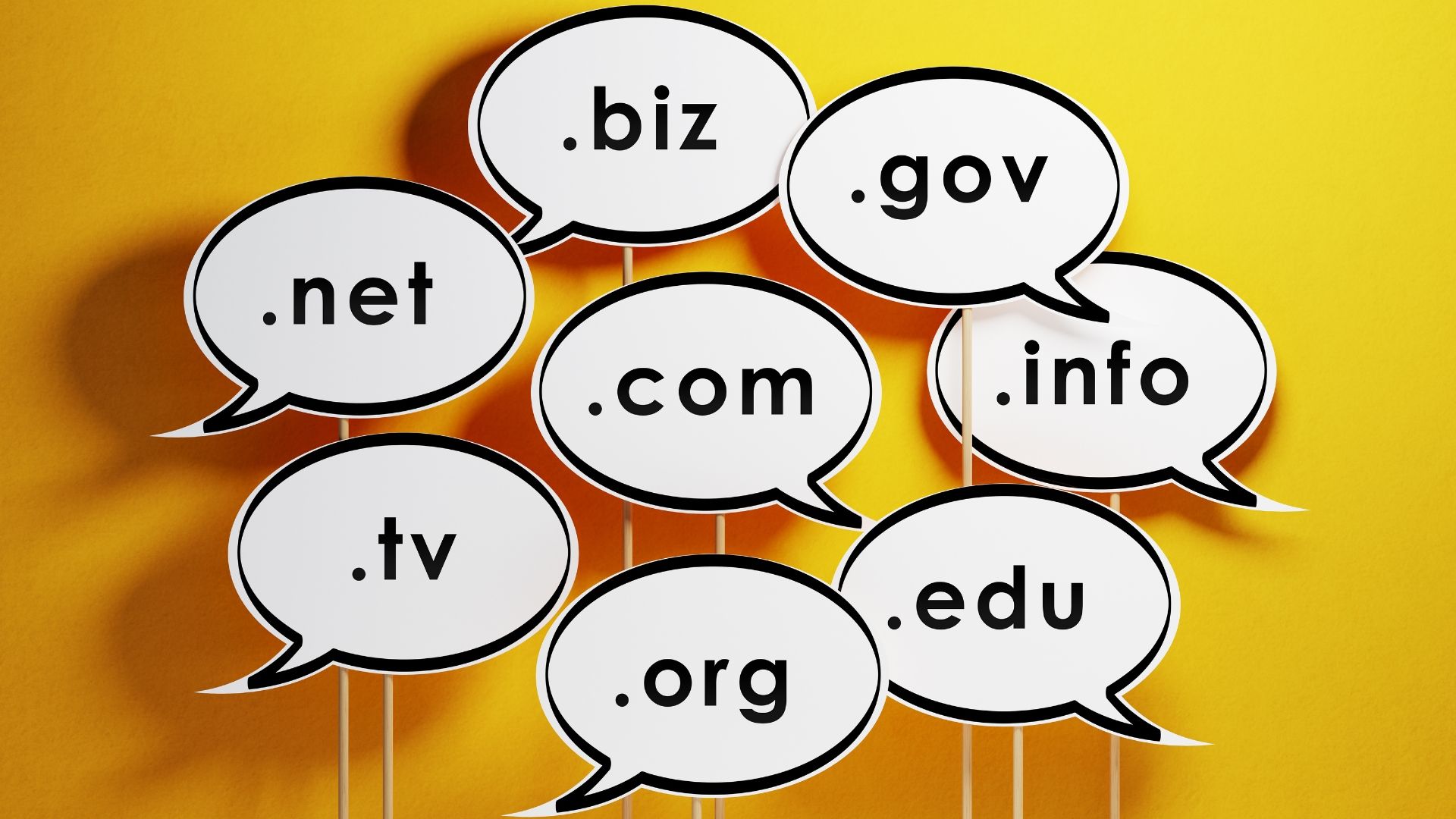So, you’ve finally launched a beautiful, functional mobile app which will not only blow away your competition but will also have a major impact on sales, branding, and the overall quality of your customers’ experiences. It’s possible that you’re probably wondering, “Now what?” The truth is what comes after your app publish is just as important as the quality and functionality of the platform itself. We have chosen to outline some key suggestions to keep your marketing strategy on track once your app goes live.
Be Clear about Updates
Communicating with customers about your mobile app shouldn’t cease immediately following its download. From the app store to social media and push notification updates, you’ll want to let your loyal users know about any upcoming changes to the app, and reinforce that they certainly are necessary improvements, not merely whimsical, radical changes that might discourage and dissatisfy them.
Take Feedback Seriously
Some business owners may fear critical user feedback because of the potential damage a negative review can cause. Avoid this attitude at all costs! Being proactive about soliciting feedback from your users can help you to retain them, especially if they’re on the fence about your brand. Why? It shows that you sincerely value their input and also provides your team with intel which allows you to quickly address any issues which may potentially lead users to delete your app from their device.
Communicate with Users Regularly
It can be easy to focus solely on encouraging new downloads, thereby forgetting to nurture relationships with loyal users. When mapping out future marketing campaigns and app maintenance, schedule in regular communications with current users to remind them you truly care. This could take the form of push notifications, special offers, email surveys, or early announcements of new features. Don’t assume that simply because some individuals have already downloaded your app that you don’t need to continue marketing to them. Regular communication keeps your app top-of-mind and will help it stand out on devices which are cluttered with dozens of forgotten or underused apps.
Avoid Sharing Personal Opinions
The extensive process of testing and launching your business’s mobile app will have likely evoked a wide variety of internal desires, disputes, and valuable feedback. When it comes to promoting how your app will truly improve the lives of new and existing customers, much of your messaging should focus on how they will actually perceive it, rather than how you think it ought to be received. Be careful not to let personal opinions, positive or negative, get in the way of the reality of the situation.
Create an Authentic Narrative
Grab people’s attention from the first available moment. Use creative copy, branding, imagery, and video in tandem to show a compelling story about your app and the role it will play in users’ lives. If you concentrate solely on the dry intricacies of your app’s features, it’s likely that people will turn off from the journey entirely and may not even download it at all. Avoid merely telling users how great your app is—outline how it will impact their daily activities.
Test Various Strategies
It can be incredibly useful to A/B test e-mail, social media, and website campaign copy beforehand to understand how well your content is resonating with its intended audience. Take note of the timing, language, and imagery which lead to a greater click-through rate (CTR), or call-to-action (CTA) clicks, as these can be analyzed, adapted, and optimized until you’re thrilled with the end result and its return-on-investment (ROI).
Mobile applications are fast becoming an unmatched opportunity for businesses to market themselves, provide value, and remain competitive in the 21st century. Whether you’re a restaurant owner utilizing online ordering and a loyalty program, or a local organization interesting in communicating directly with your growing network, knowing how to proceed after launching your new app is absolutely essential. If you have any questions about mobile apps for your business, or about digital marketing in general, we hope you’ll reach out and contact us. We’d love the chance to discuss your needs and concerns at your convenience!
Latest Posts



